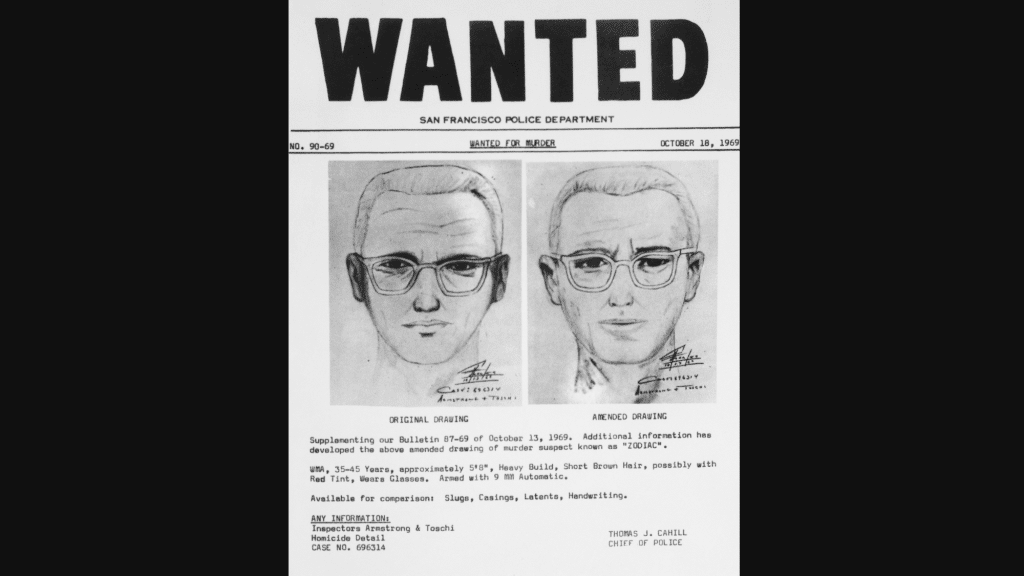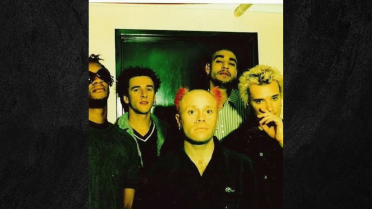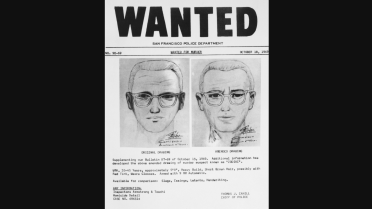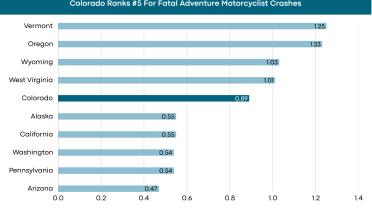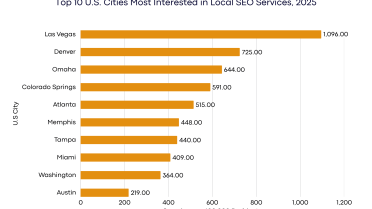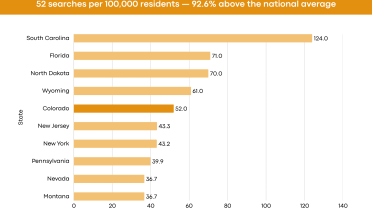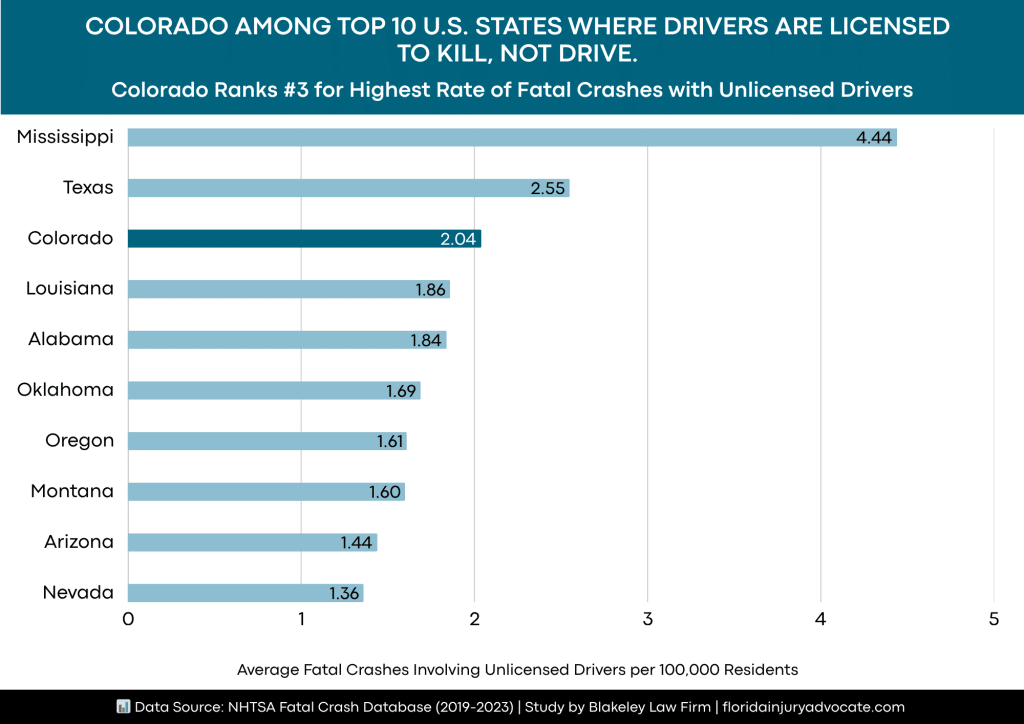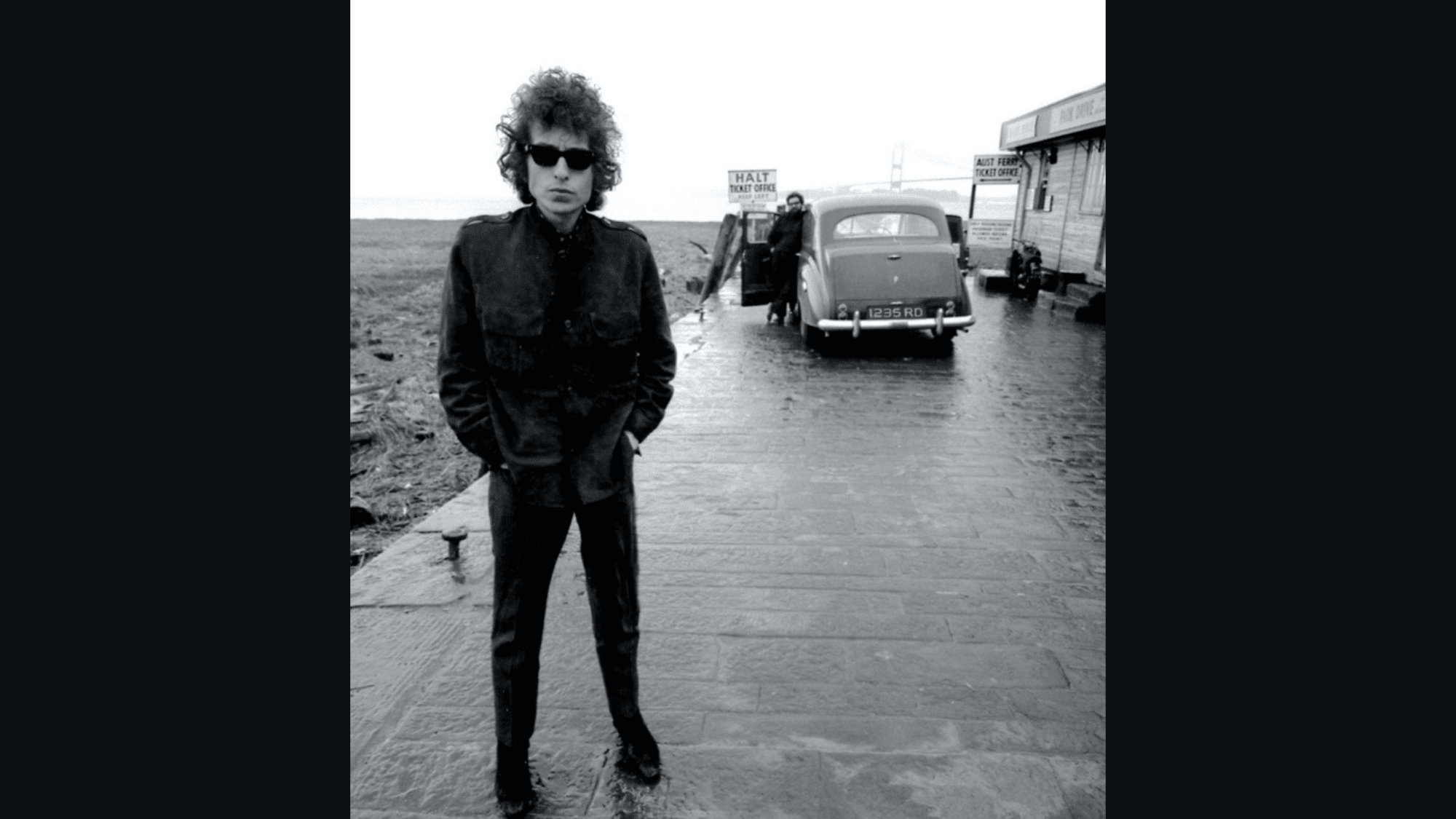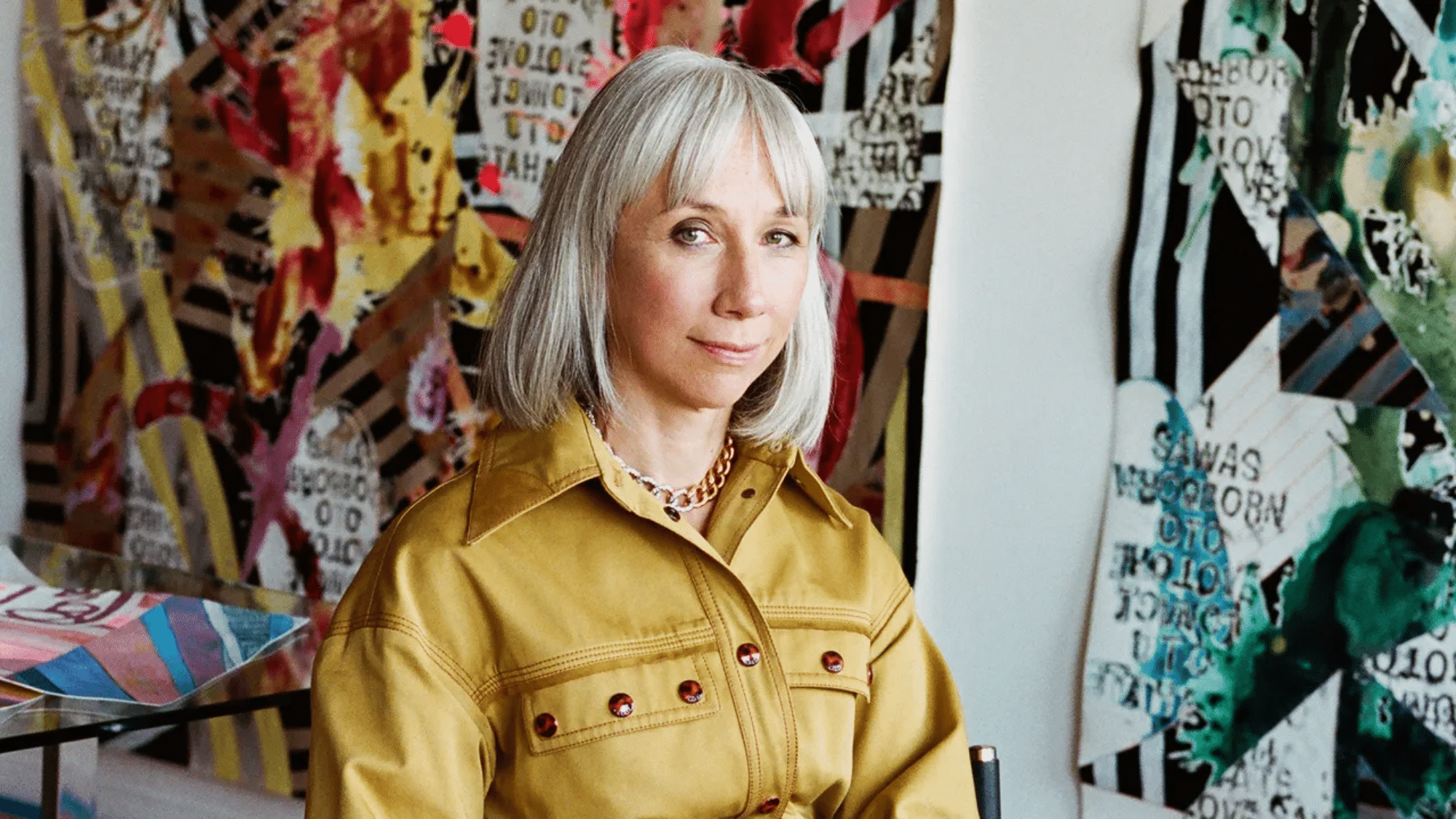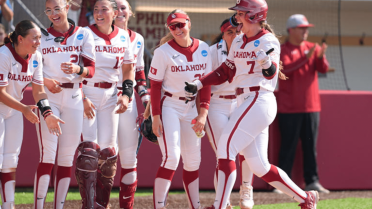Top Stories
The Zodiac Killer case remains one of America’s unsolved mysteries, having captured the attention of true crime enthusiasts and investigators for over five decades. If you are searching for the most recent news, updates, and developments related to the Zodiac
Are you curious about how many albums Drake has released so far? We have got you covered! From his start on Degrassi to becoming one of the biggest names in music, Drake has dropped hit after hit. But with studio
LATEST
Top Stories
Between classes, part-time jobs, late-night study sessions, and the constant shuffle of campus life, students today are carrying more stress than ever. At CU Boulder, this fast-paced rhythm has sparked a shift toward accessible self-care, not the expensive, time-consuming kind.
LATEST
Top Stories
A new study reveals that Colorado has the third-highest rate of fatal crashes involving unlicensed drivers in the United States. The study by Florida-based Personal Injury lawyer Blakeley Law Firm analyzed fatal crash data involving unlicensed drivers from 2019 to
Welcome to cuindependent, your space for bold ideas, fresh perspectives, and engaging stories. We bring you content that informs, inspires, and sparks conversation.
Stay connected — subscribe to our newsletter and never miss an update!
Explore
Our Picks
From inspiring artistry to achievements in sports and beyond, we bring the highlights.
A curated view of stories shaping conversations across fields today.
Some games aren’t just played, they are felt in the soul. These iconic rivalries go beyond the scoreboard, turning into battles of pride, passion, and identity that echo across generations. Whether it’s football in Argentina or cricket in India, these matchups light up stadiums, stir entire nations, and write unforgettable chapters.....
Fall is a magical season filled with vibrant colors, changing leaves, and endless creative inspiration. For teachers and parents, it’s the perfect time to introduce fall art projects that help children explore textures, colors, and nature while developing fine motor and creative skills. If you’re planning a classroom craft or.....
more
Meet Our Team
At CU Independent, we’re committed to delivering real, bold, and honest stories. Get to know the passionate team behind the content!
Samantha Lee
(Editor-in-Chief)
Dr. Alex Thompson
(Senior Features Writer)
Meet Our Team
Hootie & the Blowfish is a beloved American rock band, best known for their chart-topping hits in the 1990s. Formed in 1986 in Charleston, South Carolina, the band quickly rose to fame with their unique blend of pop, rock, and blues. Their catchy songs and relatable lyrics connected with fans, making.....
The Australian countryside isn’t just known for its stunning scenery, but its harsh conditions as well. Living and working in the rural areas requires a tough spirit and equally tough clothes. If you are looking for clothing that can take you from cattle stations to rodeos and everything in between, then.....
Your phone screen cracks. The repair costs $200. Your landlord needs the first and last month’s rent by Friday. Your car makes a weird noise and needs new brakes before winter break. College brings tight budgets, and one surprise expense throws everything off. Most students live paycheck to paycheck. There’s.....
In 2025, over 463 exabytes of data move across global networks daily — to visualize that, imagine streaming Netflix 80 million times in one second. Yet behind every byte, there lurks a risk. Cybersecurity isn’t what it used to be. Today’s battlefield is both borderless and brutally precise, with hackers orchestrating.....
Our Contributors
As Seen On








